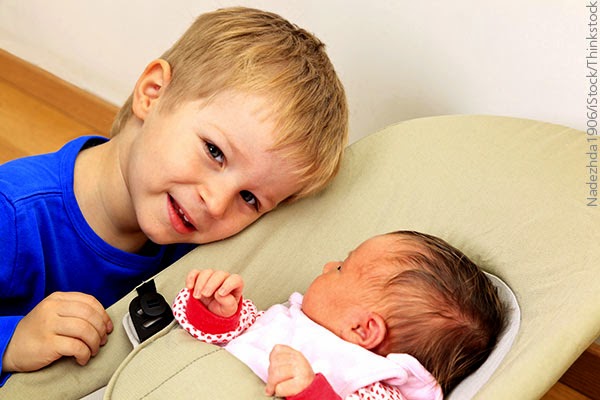It’s sermon-writing time around our house. Being married to a rabbi during the months of August and September can be compared to being married to an accountant in during the months of March and April. This summer, my husband pulled out a book I had ordered but had yet to read, Mary Gordon’s Roots of Empathy. Subsequently, empathy has become a much-discussed topic in our household—something we think about more often in our daily lives.
Empathy can be understood as “the ability to perceive a situation from the other person’s perspective so that we can support them and help them without judgment.” As well-intentioned as we are, this can often be difficult to do. The goal of the program in Gordon’s book was to help school-age children develop the skills needed to demonstrate and feel empathy. The book describes a program that illustrates how empathy is created: A baby and parent come regularly to the children’s classroom. As the classroom students observe the baby’s temperament and milestones, they learn emotional intelligence — seeing into the inner lives of themselves and others.
One lesson they learned is that characteristics we often label in a negative way are just part of our temperament and make-up. They learned each individual is unique and “wired” differently. From there, they found ways to reframe the baby’s behavior in a positive light as opposed to judging it negatively. If we are honest with ourselves, even the most non-judgmental of us make judgments about the behavior of others, particularly those of children.
Think about our assessments of different temperaments we label negatively:
- Fussy — “Nothing satisfies that kid.” But the positive side of fussy is having that this child lets his feelings be known. They don’t bottle up and stay inside. This child can advocate for his needs.
- Nervous — “That kid is a bundle of anxiety, always worrying. What’s wrong with her?” This same child can be sensitive, attentive, and aware of things others of us may overlook.
- Difficulty adapting to new circumstances — “We can’t take him anywhere without a meltdown.” This child can also be independent, strong-willed, and thrive in the familiar.
- Distractible —“I can’t even get him to focus for a moment.” This person is curious — seeing things others don’t.
- Highly active — “She’s so squirmy. If I take my eye off her for a moment, she’s gone.” This is a child full of energy and zest for adventure.
None of this is to say it’s easy to deal with these various temperaments. Rather, it’s a way to see them in a more accepting light and nurture them as your child develops and grows. It is also a lens through which to educate other parents—those who judge and those who suffer from the judgment. By teaching ourselves and our children empathy, and by valuing our children’s unique personalities, we will be taking steps to develop a more compassionate community in which to live.

